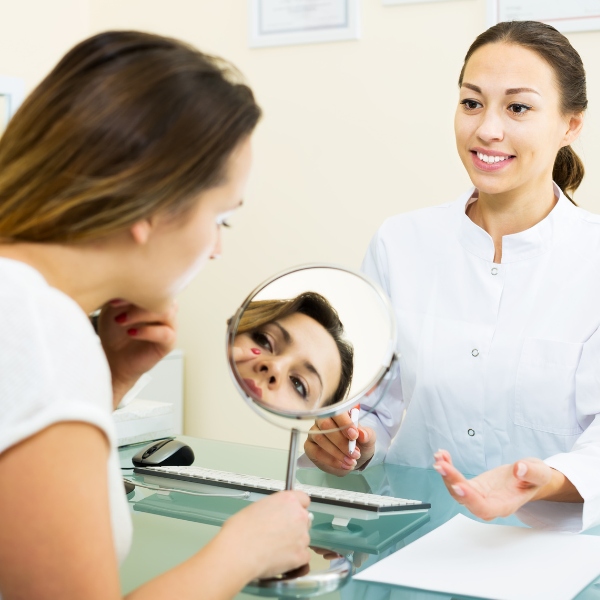We cannot talk about medicine without mentioning the concepts of prevention, diagnosis, and patient care. It is from this perspective that aesthetic medicine looks at advances in therapies and technologies, paying scientific attention to their significant impact on findings.
The primary goal of this discipline remains the prevention of ageing, not only skin ageing but also body ageing.
At the 44th Congress of the Italian Society of Aesthetic Medicine (Società Italiana di Medicina Estetica, SIME), the importance of the medical examination of patients seeking aesthetic treatments was emphasized. “Since the foundation of SIME in 1975 and the International School of Aesthetic Medicine of the Fatebenefratelli Foundation in 1990”, highlighted Dr. Rosanna Catizzone, General Coordinator of SIME’s local branches and SIME advisor, “this discipline aims to take care of the individual, not only by correcting aesthetic imperfections but also by evaluating their overall health, experiences, thoughts, and expectations. Therefore, it places a strong emphasis on the doctor-patient relationship, making patients aware of the benefits and limitations of therapies, potential complications and side effects, and allowing them to develop realistic expectations about the results of treatments validated by the scientific literature”.
In essence, the aesthetic doctor is an all-round professional, who carefully considers the patient’s health from all perspectives, as is evidenced by data collected by SIME’s local branches between 2021 and 2022 through surveys involving regional coordinators and voluntary members. The findings demonstrate that conducting a comprehensive and accurate medical examination enables early diagnosis of significant diseases which patients may be unaware of. During aesthetic medicine check-ups conducted in this two-year period, 35 cases of metabolic syndrome, a significant risk factor for cardiovascular diseases (strokes and heart attacks), diabetes, and neoplasms, were diagnosed among patients seeking therapy for localized abdominal adiposity. In a group of patients aged between 30 to 40 who consulted the aesthetic doctor for breast stretch marks, supernumerary nipples, or the presence of moles, 8 cases of breast cancer were diagnosed. Other patients seeking the aesthetic doctor’s advice for abdominal volume increase were found to have uterine tumours, uterine fibromyomatosis, and peritoneal carcinosis.
The numbers of skin diseases identified during these examinations are also noteworthy: 34 melanomas, 41 squamous cell carcinomas, 74 basal cell carcinomas, 2 cases of malignant lentigo, 2 cases of lichen planus, and 40 actinic keratoses. These patients, aged between 35 and 75, sought aesthetic treatments such as fillers, botulinum toxin, lasers, and peels. Thyroid disorders were also frequently diagnosed, with 20 cases of hypothyroidism, 35 cases of hyperthyroidism, 16 cases of Hashimoto’s thyroiditis, and 2 cases of thyroid neoplasms identified in the study. Other diagnoses made by aesthetic doctors included pituitary adenomas, polycystic ovary syndrome, chronic venous insufficiency, depression, body dysmorphic disorder, anorexia, bulimia, gastroesophageal reflux, and coeliac disease. The most remarkable case involved a patient seeking treatment for ptosis (drooping of the eyelid), who was diagnosed with myasthenia gravis.
“These findings”, declared Professor Emanuele Bartoletti, President of SIME, “demonstrate that adequately trained aesthetic doctors can fully embody the noble vocation of preventive aesthetic medicine aimed at the psychophysical well-being of patients. These results are only achievable through a solid education, such as that provided by physicians trained at the International School of Aesthetic Medicine of the Fatebenefratelli Foundation. After obtaining a medical degree, they attend a four-year course in aesthetic medicine. Once again, this research highlights the importance of entrusting aesthetic medicine treatments exclusively to qualified doctors. Those who come to us for a filler, in addition to correcting a defect, may receive a life-saving diagnosis”.
Our thanks go to Maria Elisabetta Calabrese for help with writing this article.

